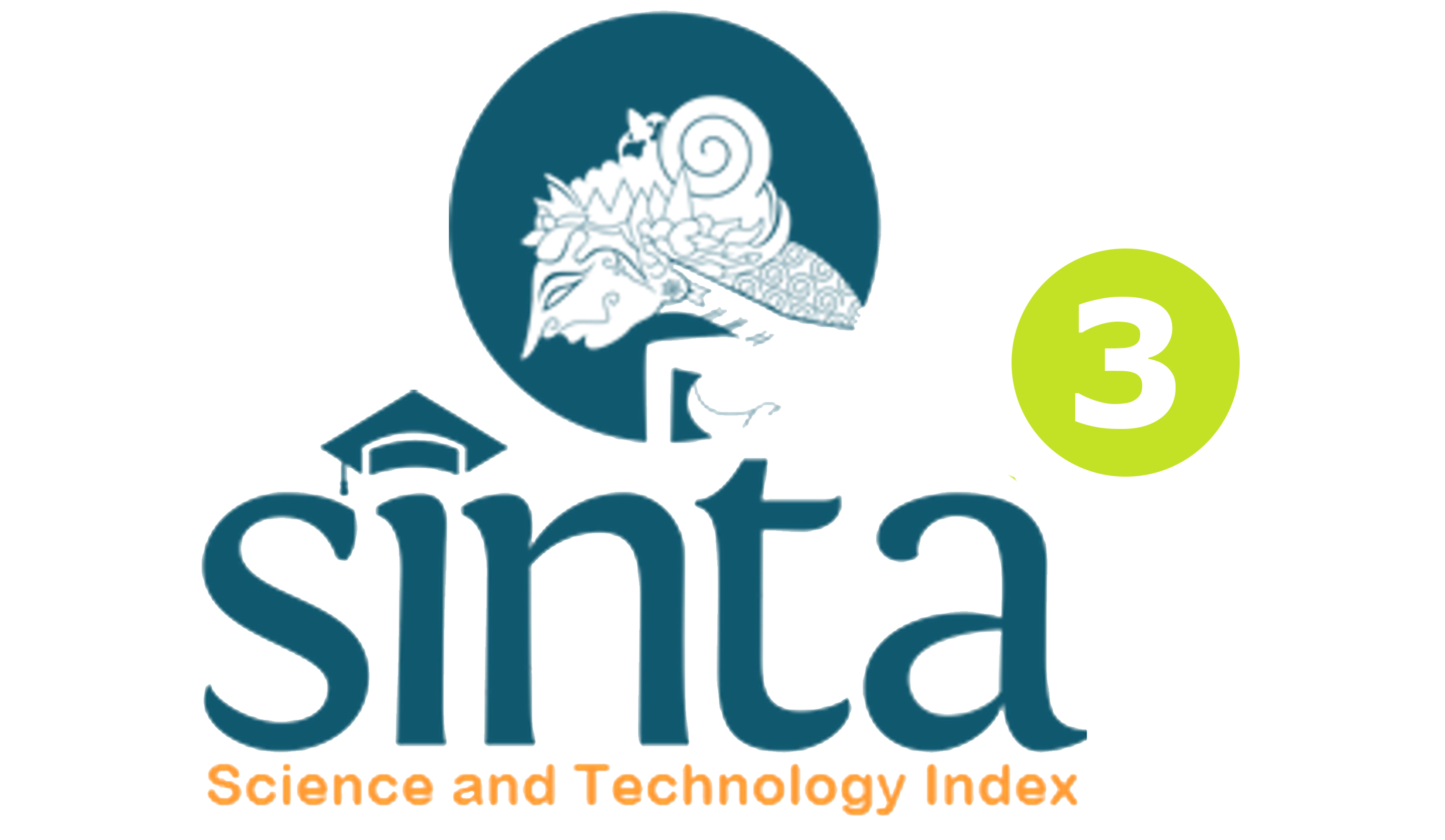Penerapan Konseling Eksistensial Humanistik dengan Teknik Meditasi untuk Meningkatkan Konsentrasi Belajar pada Siswa Kelas X TITL 3 SMK Negeri 3 Singaraja
DOI:
https://doi.org/10.23887/jibk.v2i1.3913Abstract
Penelitian ini merupakan penelitian tindakan Bimbingan Konseling dengan tujuan meningkatkan konsentrasi pada siswa kelas X TITL 3 SMK Negeri 3 Singaraja dengan menerapkan konseling eksistensial humanistik dengan teknik meditasi. Subjek penelitian ini adalah siswa kelas X TITL 3 yang berjumlah 30 orang. Dalam penelitian ini, metode yang digunakan untuk pengumpulan data adalah kuesioner, dan observasi. Penelitian ini dilaksanakan dalam dua siklus, dan setiap siklus terdiri dari identifikasi, diagnosa, prognosa, konseling, evaluasi dan tahap refleksi. Hasil tindakan selanjutnya dipantau dengan observasi dan kuesioner kemudian dianalisis secara deskriptif menggunakan penilaian acuan norma (PAN). Hasil penelitian menunjukkan adanya peningkatan konsentrasi belajar pada siswa sebelum tindakan dan sesudah tindakan. Pada siklus 1 subjek penelitian mengalami peningkatan setelah diberikan tindakan dan peningkatannya adalah dengan skor rata-rata 83 dari target keberhasilah skor di bawah 94 ≤ 116 dengan kategori sedang. Sedangkan pada tindakan siklus II pencapaian peningkatan konsentrasi belajar, peneliti memberikan kembali konseling eksistensial humanistik melalui klasikal, kelompok dan individu kepada semua subjek penelitian. Setelah memberikan tindakan semua subjek penelitian yang telah diberikan layanan sudah mencapai target keberhasilan. Terlihat peningkatan yaitu dengan skor rata-rata 113 dari kriteria keberhasilan. Kesimpulannya, bahwa eksistensial humanistik dengan teknik meditasi mampu meningkatkan konsentrasi belajar.Kata Kunci : Konseling Eksistensial Humanistik, Meditasi, Konsentrasi Belajar
This counseling guidance action research was aimed to improve the concentration level on the students of X TITL 3 grade at SMK Negeri 3 Singaraja by applying humanistic extensial counseling through meditation technique. Te subject of this study was the students of X TITL 3 grade in number of 30 students. In this study, the method used by the researcher to collect the data was a quistionnaire and observation. This study was formulated on 2 cycles, and each cycle consisted of identification, diagnose, prognose, counseling, evaluation, and reflection step. The measurement result would determine through observation and questionnaire which is analyzed descriptively through norm reference assessment (PAN). The result shows that there is an improvement on students’ concentration level before and after the treatment applied. On cycle I, the subject got improvement on concentration level after given treatment and the improvement is 83 as average score from the score achievement target is below 94 ≤ 116 as categorized standard level. Whereas, on the cycle II, the achievement of learning concentration improvement, the researcher applied the humanistic extensial counseling through classical, group, and individual to all subject of the study. After giving treatment, all subject of the study is already achieved the target. There is an improvement and can be seen through avatrage score 113 from achievement category. In can be concluded that humanistic extensial through meditation technique is able to improve learning concentration. Humanistic extensial counseling, meditation, learning concentration
keyword : Humanistic extensial counseling, meditation, learning concentration
Downloads
Published
Issue
Section
License
Jurnal Ilmiah Bimbingan Konseling Undiksha is an Open Access Journal. The authors who publish the manuscript in this journal agree to the following terms:
JIBK is licensed under a Creative Commons Attribution 4.0 International License. This permits anyone to copy, redistribute, remix, transmit and adapt the work provided the original work and source is appropriately cited.
This means:
Jurnal Ilmiah Bimbingan Konseling is licensed under a Creative Commons Attribution 4.0 International License.
(1) Under the CC-BY license, authors retain ownership of the copyright for their article, but authors grant others permission to use the content of publications in JIBK in whole or in part provided that the original work is properly cited. Users (redistributors) of JIBK are required to cite the original source, including the author's names, JIBK as the initial source of publication, year of publication, volume number, issue, and Digital Object Identifier (DOI); (2) The authors are the copyright owner of the article, and the author grants the JIBK held the first publication right.









.png)

.jpg)
